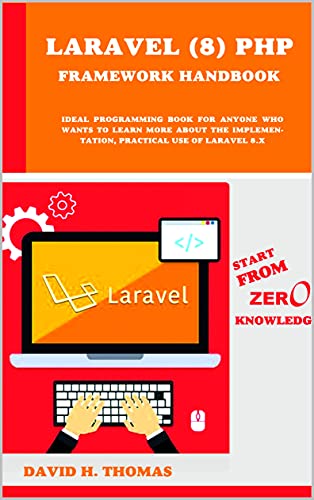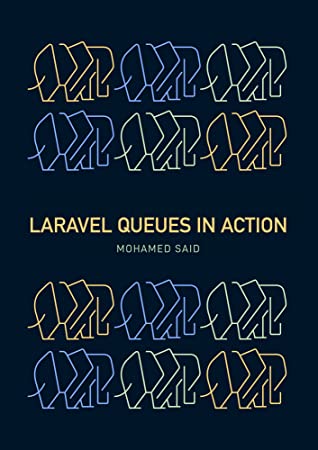Download This PDF Book: Learning Web Design: A Beginner's Guide to HTML, CSS, JavaScript, and Web Graphics Fourth Edition by Jennifer Robbins.
Do you want to build web pages, but have no previous experience? This friendly guide is the perfect place to start.
You’ll begin at square one, learning how the Web and web pages work, and then steadily build from there. By the end of the book, you’ll have the skills to create a simple site with multi-column pages that adapt for mobile devices.
Learn how to use the latest techniques, best practices, and current web standards—including HTML5 and CSS3. Each chapter provides exercises to help you to learn various techniques, and short quizzes to make sure you understand key concepts.
This thoroughly revised edition is ideal for students and professionals of all backgrounds and skill levels, whether you’re a beginner or brushing up on existing skills.
Build HTML pages with text, links, images, tables, and forms
Use style sheets (CSS) for colors, backgrounds, formatting text, page layout, and even simple animation effects
Learn about the new HTML5 elements, APIs, and CSS3 properties that are changing what you can do with web pages
Make your pages display well on mobile devices by creating a responsive web design
Learn how JavaScript works—and why the language is so important in web design
Create and optimize web graphics so they’ll download as quickly as possible.
How This Book Is Organized
Part I: Getting Started
Part I lays a foundation for everything that follows in the book. I start off with some important general information about the web design environment, including the various roles you might play, the technologies you might learn, and tools that are available to you. You’ll get your feet wet right away with HTML and CSS and learn how the Web and web pages generally work. I’ll also introduce you to some Big Concepts that get you thinking the way modern web designers think about their craft.
Part II: HTML for Structure
The chapters in Part II cover the nitty-gritty of every element and attribute available to give content semantic structure, including the new elements introduced in HTML5. We’ll cover the markup for text, links, images, tables, and forms. Part II closes out with an in-depth discussion of HTML5 and how it differs from previous standards.
Part III: CSS for Presentation
In the course of Part III, you’ll go from learning the basics of using Cascading Style Sheets for changing the presentation of text to creating multicolumn layouts and even adding time-based animation and interactivity to the page. It also addresses common CSS techniques, including how to create a page using Responsive Web Design.
Part IV: JavaScript for Behaviors
Mat Marquis starts Part IV out with a rundown of JavaScript syntax so you can tell a variable from a function. You’ll also get to know some ways that JavaScript is used, including DOM Scripting, and existing JavaScript tools, such as polyfills and libraries, that let you put JavaScript to use quickly even if you aren’t quite ready to write your own code from scratch.
Part V: Creating Web Graphics
Part V introduces the various file formats that are appropriate for the Web and describes how to optimize them to make their file size as small as possible.
About the Author
Jennifer Niederst Robbins was one of the first designers for the Web. As the designer of O'Reilly's Global Network Navigator (GNN), the first commercial web site, she has been designing for the Web since 1993. She is the author of the bestselling "Web Design in a Nutshell" (O'Reilly), and has taught web design at the Massachusetts College of Art in Boston and Johnson and Wales University in Providence.
She has spoken at major design and Internet events including SXSW Interactive, Seybold Seminars, the GRAFILL conference (Geilo, Norway), and one of the first W3C International Expos.
Contents:
Part I Getting Started
Chapter 1 Where Do I Start?
Chapter 2 How the Web Works
Chapter 3 Some Big Concepts You Need to Know
Part II HTML Markup for Structure
Chapter 4 Creating a Simple Page
Chapter 5 Marking Up Text
Chapter 6 Adding Links
Chapter 7 Adding Images
Chapter 8 Table Markup
Chapter 9 Forms
Chapter 10 What’s Up, HTML5?
Part III CSS for Presentation
Chapter 11 Cascading Style Sheets Orientation
Chapter 12 Formatting Text
Chapter 13 Colors and Backgrounds
Chapter 14 Thinking Inside the Box
Chapter 15 Floating and Positioning
Chapter 16 Page Layout with CSS
Chapter 17 Transitions, Transforms, and Animation
Chapter 18 CSS Techniques
Part IV JavaScript for Behaviors
Chapter 19 Introduction to JavaScript
Chapter 20 Using JavaScript
Part V Creating Web Graphics
Chapter 21 Web Graphics Basics
Chapter 22 Lean and Mean Web Graphics
About The Book:
Publisher : O'Reilly Media; Fourth edition (September 4, 2012)
Language : English
Pages : 624
File: PDF, 9 MB
Free Download the Book: Learning Web Design: A Beginner's Guide to HTML, CSS, JavaScript, and Web Graphics Fourth Edition
PS: Share the link with your friends
If the Download link is not working, kindly drop a comment below, so we'll update the download link for you.
Happy downloading!








